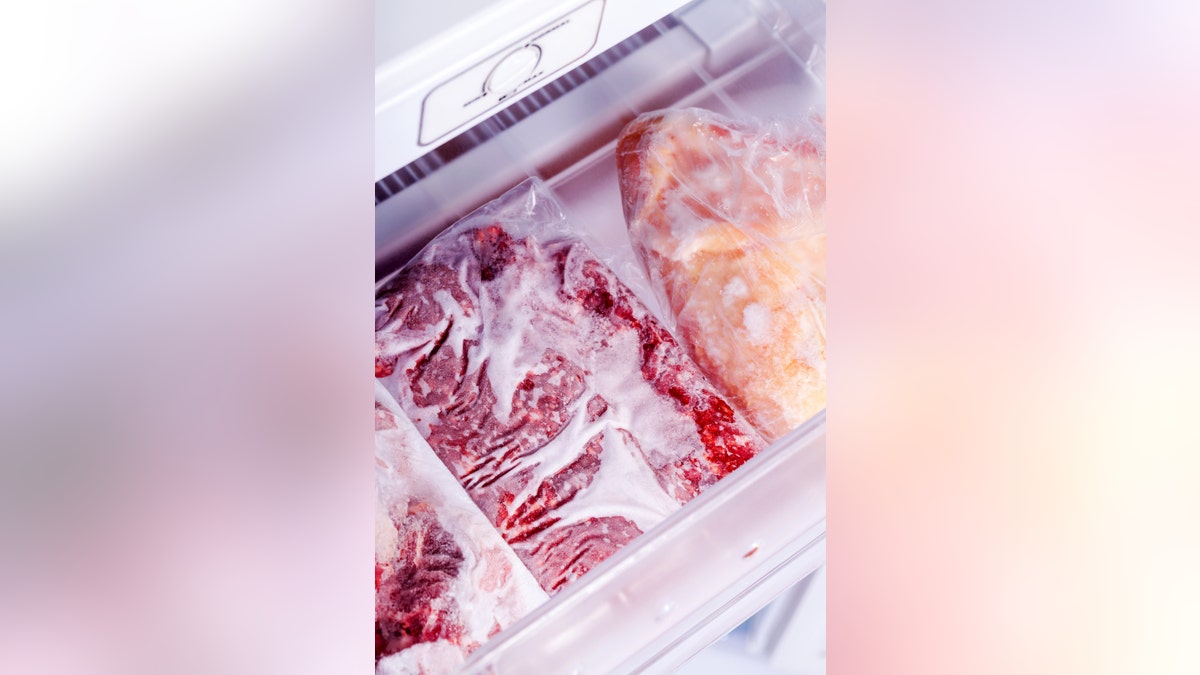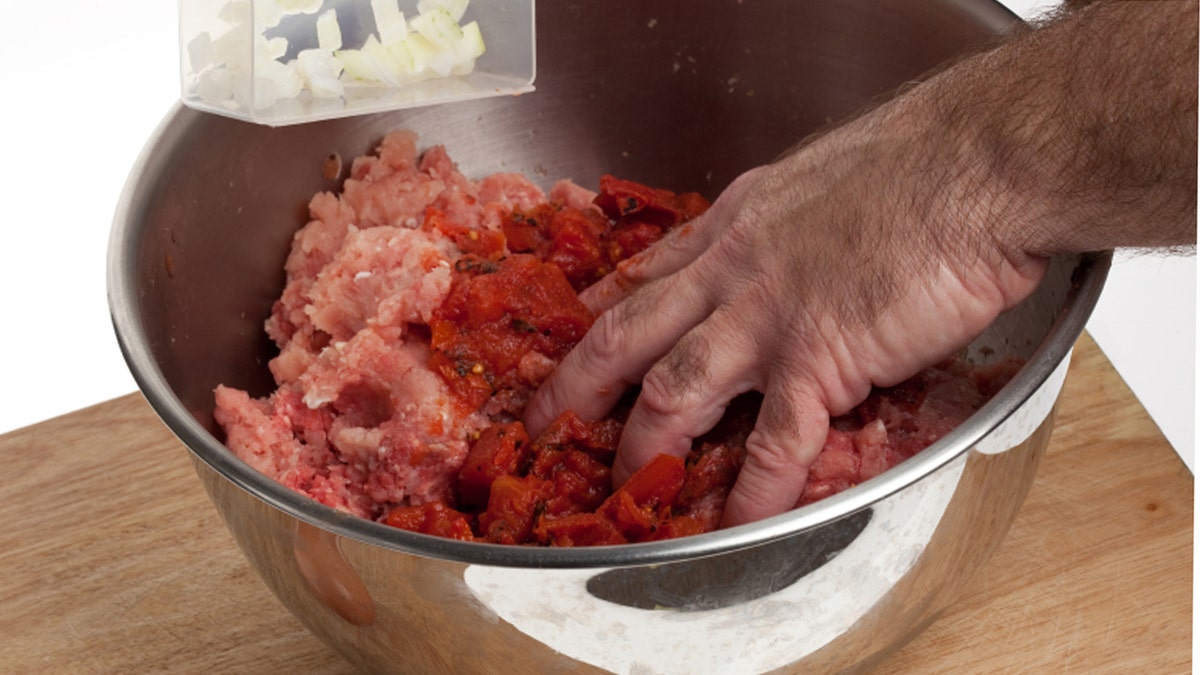What’s more iconic than the burger in American cuisine?
No matter where I am in the world, sometimes I just need a burger, as stereotypical "American" as that might sound. There is a reason burgers are one of the most popular foods to cook on a grill. Even burger-giant McDonald’s lost track of how many burgers it has sold. The last known tally taken in 1994 claimed 99 billion burgers had been sold by the fast food chain.
Yet, many of us struggle to recapture the taste of our favorite restaurant-quality burger at home. Whether you want a thick steakhouse-style burger or thin, stacked Shake Shack-esque patty sandwiched between a soft roll, there are some pointers to help you make your favorite flavorful burger right in your own backyard.
From how and when to season to selecting the perfect grind of meat, we have an easy-to-follow 13-step process that will yield tender, juicy burgers every time you have a craving for this American classic.
Check-out our guide for making restaurant-quality burgers in your own backyard.
1. Get the right beef.

(iStock)
Here is the first trick to a decent burger: never buy premade beef patties. First off, you don’t really know what part of the cow it came from or its freshness. If you aren’t up for the task of grinding your own beef at home, ask your butcher to grind yours fresh. You can use different cuts of meat, but a safe bet is always a blend of chuck. Which brings us to the blend of meat: A lean-to-fat ratio of 70/30 is perfect for burgers cooked medium-rare to medium-well, if you lean towards a rare to medium-rare cooking temperature, reduce the fat content to 20, so you aren’t biting into bits of un-rendered fat.
2. Keep everything cold.

(iStock)
You want to keep the fat cold. Unlike the over-ground meat you often find in the grocery stores, it’s actually good to have visible chunks of fat in your burgers. The cold keeps the fat from becoming too soft.
If you go the route of grinding your own meat, cutting the chuck into manageable chunks and then freezing those chunks for about 15 minutes before you are ready to grind will keep the fat from smearing as you run it through the meat grinder. Pro-tip: You can also pre-chill your grinder.
More from The Daily Meal
The French Onion Soup Burger Recipe
The Ultimate Fondue Burger Recipe
3. Don't over work your meat.

(iStock)
With the same idea of keeping the meat cool and the fat intact, don’t overwork the meat. Once you have your meat ground to the right consistency, pull out your scale, and weigh five- to six-ounce portions of meat.
4. Make uniform, evenly sized patties.

Raw Burger Beef Patty (iStock)
Uniform sized patties are key to even cooking. Now that you have weighed the meat into even portions, gently form each portion of meat into a ball using the palms of your hands. Then, using your hand or a press on a flat surface, flatten the balls into disks, each about 3/4- to one-inch thick.
5. Don't salt the meat...salt the patty.

Burger patties (iStock)
Notice we did not say to season the meat after grinding. Seasoning the meat before it has been formed into a patty will drastically affect the texture of the finished burger. You want tender burgers, and adding salt earlier on will produce a spongier texture, more like sausage.
6. Season liberally, but don't go crazy on the spice mixture.

(iStock)
Now that the patties are formed, you can season, and season liberally. The number one mistake home cooks make is being stingy with the salt. A large pinch of kosher salt won’t make your burger taste salty, but it will bring out the natural flavors of the meat. All you need to finish off your seasoning is lots of freshly cracked black pepper.
Ready to get grilling? Learn how to finish off the ultimate restaurant-quality burger.
